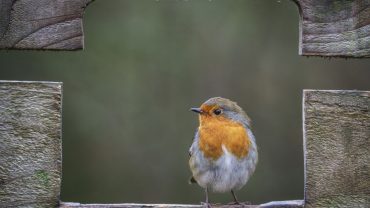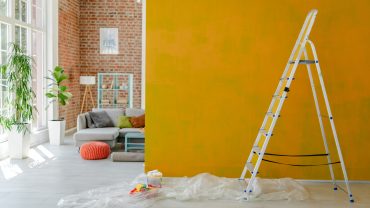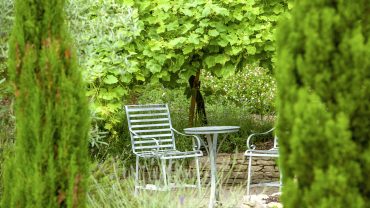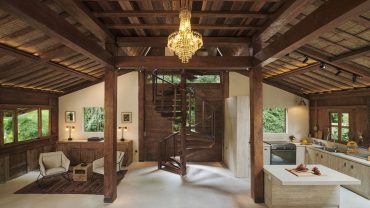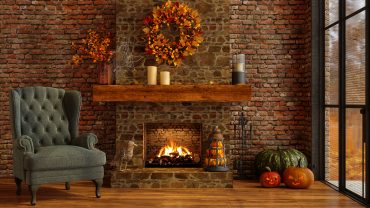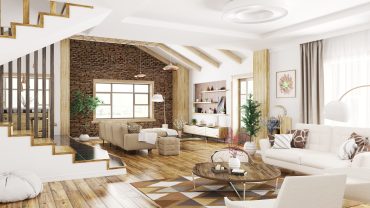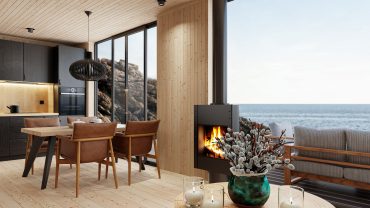The cottagecore meaning harks back to the idyllic charm of traditional rural life. It serves as an embodiment of a romanticised interpretation of life before we were glued to our phones, where everything from baking bread to making your own clothes is considered a quaint act of radicalism against the complexities of modern existence.
Rooted in the allure of a simplistic cottage-style life, cottagecore is a visual and cultural movement that features traditional skills like foraging, gardening, and crafts, while celebrating serene landscapes and cosy interior designs. But cottagecore aesthetics is more than creating a rustic home. It’s a lifestyle, a way of thinking. Or, as an article in the New York Times in October 2020 put it, ‘a desire to live in a world outside the one currently inhabited.’
The cottagecore aesthetic harks back to a life before smartphones, when four TV channels was plenty and summer holidays were spent riding bikes in the park from dawn to dusk, or pressing flowers or chasing butterflies. We focused on living in the present.
One version of the cottagecore definition – and there’s no single way to describe or encapsulate the movement – is a yearning to move away from tech beeping every five seconds with messages and updates. The desire to remove ourselves from the constant pressures of work emails or the demands of the modern age. The wish that we can relieve ourselves of our craving for social media content in all its myriad forms. Cottagecore aesthetics similarly takes us back to basics.
The Origin of Cottagecore Aesthetics
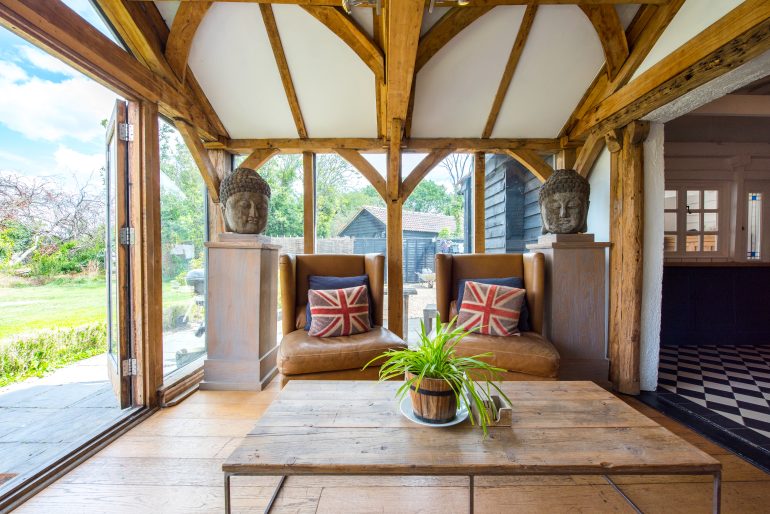
An interior view of a cottagecore-style conservatory (Credit: John Keeble via Getty Images)
The first mention of cottagecore aesthetics came, ironically, from the microblogging app Tumblr around 2017 or 2018. It’s believed the movement was inspired by the Japanese aesthetic of Mori Kei, a style inspired by living in the woods, and Scandinavian folk culture which is evident by the warm, natural and earthy tones of the cottagecore look.
But a reaction to modern life is nothing new. The Arts & Crafts movement of the late nineteenth and early twentieth century which focused on traditional craftsmanship was a reaction to the Industrial Revolution and the opulence of Victorian high society. In turn, the 60s counterculture movement was in part a reaction to capitalism.
In more recent times, the cottagecore aesthetic has been embraced during and after the Covid-19 pandemic where people turned to simpler pastimes and craved more connection with nature during lockdowns.
Today, cottage aesthetics are focused on reducing waste and living more slowly, free (up to a point) of stress and trauma. A clear and obvious reaction to the lightning-fast, high-pressure way we live our lives.
The cottagecore meaning is a testament to our desire for a slower pace and a more mindful existence, paying homage to a life lived in sync with nature’s rhythms. Its growing popularity is visible not only in fashion, home décor, and media but also within the realms of music, literature, and even video games like Minecraft and Animal Crossing, signifying its permeating influence in our culture.
Bringing the Cottagecore Aesthetic Home

A cosy cottage living room winter interior with fireplace. (Credit: svetikd via Getty Images)
There are no rights or wrongs when it comes to cottagecore aesthetics at home, but there are a few constants permeating the homes of people who have embraced cottagecore at heart.
Warm, soft tones for the walls and carpets – creams, whites, vanillas and beiges – as well as an abundance of upcycled, vintage or antique wood furniture with open shelves, and floral patterns for throws, curtains and pillows. Think mismatched china plates on a vintage Welsh dresser in an Agatha Christie novel and you’re almost there!
Fresh flowers in artisanal pottery vases, floral or lace bedding, wicker baskets, bookshelves full of well-thumbed tomes, and rustic, scratch-made art are all hallmarks of the cottagecore aesthetic.
Well-used, weathered, and comfortable are some of the basic tenets of the cottagecore definition, but style is personal. If you focus on domesticity and sustainability, the celebration of bygone skills and natural materials, the cottagecore aesthetic will flow.
Cottagecore Food
For the vast majority of people, a fully self-sufficient life is impossible. While we frequently need to buy supplies from the supermarket, there’s also numerous tasks we can accomplish at home. Baking bread and making jam are the most oft-cited examples of the cottagecore meaning, but it also encompasses growing your own fruit, vegetables and herbs or buying locally and organically. Some proponents of cottagecore aesthetics even keep their own chickens.
Cottagecore Fashion
By its very definition, fashion is subjective but cottage aesthetics suggest a basic template of simple, comfortable and naturally-flowing clothes made from materials including cotton, hemp and linen. Like the cottagecore aesthetic for the home, warm and earthy colours with checks and floral prints are particularly popular. A lot of people like to make their own clothes, but it’s just as easy to buy vintage and pre-loved clothes in second-hand shops and online.
Yesterday, Today & Tomorrow
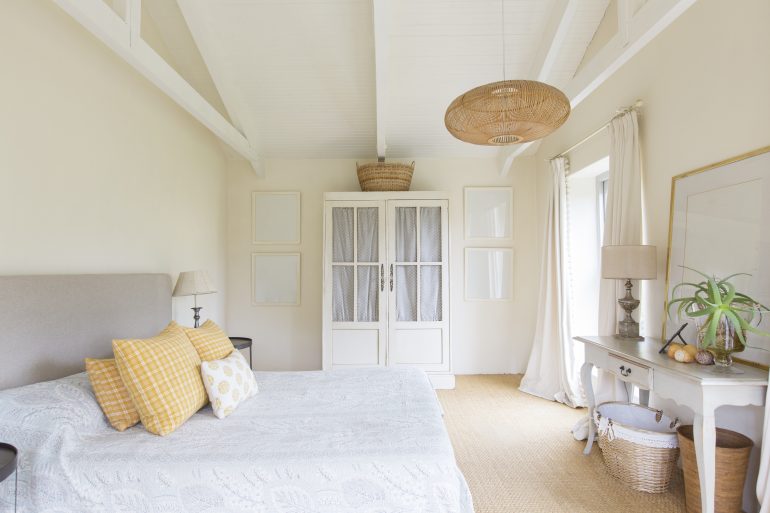
An interior shot of a cottage bedroom. (Credit: Astronaut Images via Getty Images)
Cottagecore aesthetics is more than just a passing fad. In its essence, it’s a yearning for simplicity, tranquillity, and a harmonious coexistence with nature—ideals that resonate deeply in an increasingly fast-paced, digital world.
Cottagecore is not about an unrealistic return to a bygone era or the romanticisation of manual labour. Instead, it represents a mindful consciousness, an intention to incorporate elements of simplicity, sustainability, and serenity. It’s a symbolic retreat, a refuge from the incessant hustle and bustle of contemporary existence.
In our disposable society, cottagecore aesthetics remind us to slow down, to value handmade over mass-produced and to find pleasure in life’s simplicities. It asks us to re-evaluate our relationship with the world. Perhaps that is its most alluring appeal.

